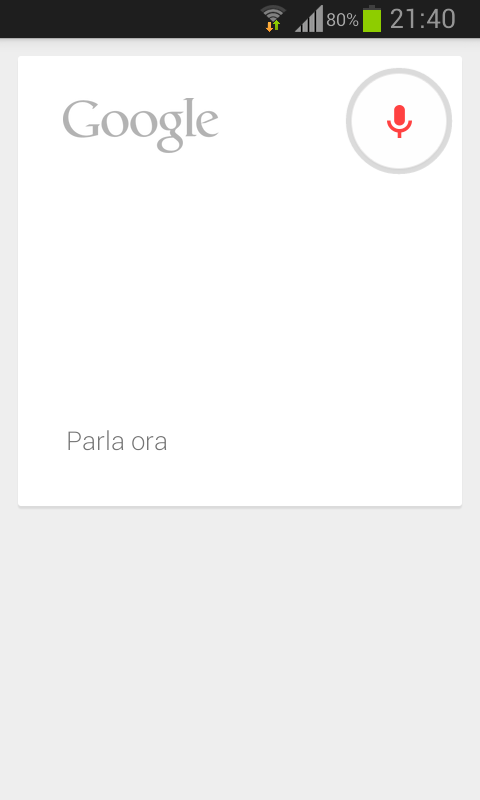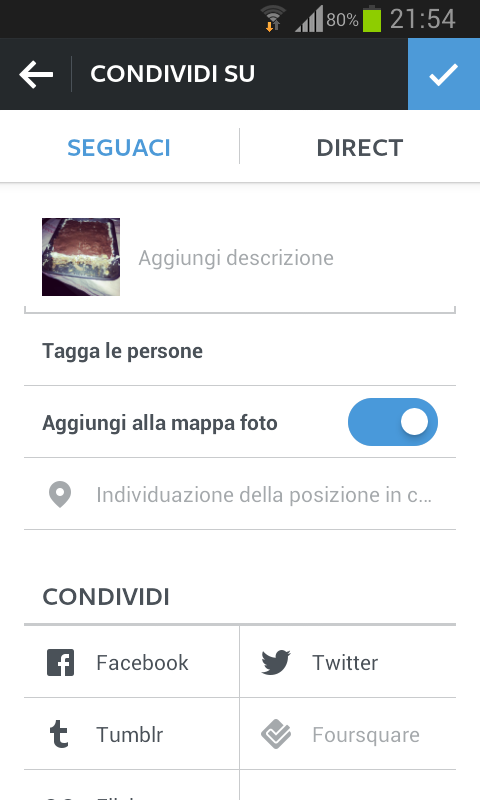
In my last article, we talked about some unexpected events that can annoy users while they’re using your site or mobile application.
Among the issues that could make your users feel frustrated or anxious when performing their tasks, the perceived speed of your website/mobile app is arguably the most important.
Speed is a critical part of user experience and has been definitely proven to feed back directly into your revenues and users’ engagement. A study in May this year found that optimizing page load times from 8 seconds down to 5 seconds translated into a 18% jump in revenue. That’s free money.
There are a lot of well-documented technical approaches out there to reduce page load times by speeding server responses and optimizing the payload being sent. That is beyond the scope of this article.
In this article I want to talk about techniques that DON’T physically increase the ability of your app to respond (since device’s connection speed is out of your control) but instead can help to make your app feel faster.
How is this possible? Well, the answer is simple: you give your users the illusion of speed and responsiveness — even under a slow connection.
This certainly doesn’t mean you shouldn’t try to improve your website’s actual performances. But although this is a critical factor, what matters most is that your users are aware of that improvement.
So here are 3 design tricks that will make your app feel much quicker, without altering your infrastructure
1. Give Instant Feedback
I find Luke Wroblenski’s insights and suggestions useful and enlightening (I suggest you to have a look at one of my last articles titled “Obvious always wins” inspired by one of his statements).

I had the same positive impression (and total admiration) after watching this screencast on YouTube. In this video, to demonstrate the importance of providing instant feedback to users, he shows the performance of the Google search application, focusing on what happens when someone taps on the user interface control.
You see that the interface change happens instantly, and this is good since people know (actually “believe”) that their action has taken effect.
Why is so important to provide users instant feedback? Because users need an indication that their action has been acknowledged. Studies have shown that human beings have a “mental barrier” that means that we perceive events that take more than 100ms as slow. while events under 100ms is felt essentially instantaneous to the user.
This is the reason spinners and progress bars have proliferated in UI. To make your website/mobile app feel faster, you need to make your buttons respond immediately to a user’s touch and give that user a clear visual indication that something is happening.
If this topic interests you, you can read this great article on Mobify about the concept of ‘Perceived Performance’.

Google also uses animation effectively that convinces users things are loading, – even when they actually aren’t. If you tap a link, the animation begins and the server request is made. Even if you’ve disconnected from the internet, the app continues doing it’s best to assure you that everything is fine and totally under control.
Server response times start to become meaningless if your mobile site/app does not feel fast. Whether you’re a designer or developer, your goal shouldn’t just be to create the fastest site mathematically; it should also be to create the fastest site experientially.
2. Perform Tasks in the Background

Whenever you can, try to perform actions in the background when users are not even paying attention. Luke Wroblenski provides a copybook example of this behavior in a very common application that I’ve often mentioned recently: Instagram.
Instagram users would know that the famous photos & videos sharing service begins uploading your images while you’re still busy composing a title, writing a description, tagging friends and so on.
Through instant visual changes (a progress bar again) Instagram gives you the impression that things have been done before its server is actually ready. When you’re ready to press the share button, actually you’re unaware of the upload time and can share your picture instantly. Win.
3. Dummy content
If a user’s connection is slow, it can take an annoyingly long time for an app to populate the screen with content. We’ve all stared at an empty display waiting for a stream of tweets, thumbnails or posts to flow in. Will it be 2 seconds? Will it be 20 seconds? Maybe it’s stalled?
There’s no doubt that making the user stare at a loading bar or spinning wheel increases bounce rates.
To keep users engaged, you can use dummy content in place of text and images to block out the expected layout.
For example, the Facebook mobile app shows uses gray blocks and lines to represent images and text as the app loads. Once it finishes loading, the images and text are swapped in of the is dummy content. In pure technical terms, this is no faster than having a loading screen, – it’s possibly slower – but in the user’s mind it feels faster.

Conclusions
Great magicians don’t need mysterious other-worldly powers. They don’t even need clever props or blinding speed. A magician’s greatest asset is a fine command of [‘the art of misdirection’](http://en.wikipedia.org/wiki/Misdirection_(magic). The ability to force their audience to watch their left hand while their right hand pockets a coin.
Our UX decisions can often benefit from taking a similar approach.
Frequently Asked Questions (FAQs) about Making Your Application Feel Faster
What are some common reasons why an application might feel slow?
There are several reasons why an application might feel slow. It could be due to inefficient coding, heavy graphics, or a slow server. Other factors include the user’s device capabilities, internet connection speed, and the number of users accessing the application at the same time. It’s important to identify the root cause of the slowness to effectively address it.
How can I make my application load faster?
There are several strategies to make your application load faster. One is to optimize your code by removing unnecessary characters, spaces, and lines. You can also compress your files, use a content delivery network (CDN), and enable browser caching. These strategies can significantly reduce the load time of your application.
What is perceived performance and how does it affect my application?
Perceived performance refers to how fast a user thinks your application is, regardless of its actual speed. It’s influenced by various factors such as the user interface, loading indicators, and the overall user experience. Improving perceived performance can make your application feel faster, even if the actual load time remains the same.
How can I improve the perceived performance of my application?
There are several ways to improve the perceived performance of your application. One is to use loading indicators or progress bars to give users a sense of progress. You can also prioritize the loading of important content and use animations to distract users from the loading process. These strategies can make your application feel faster and more responsive.
What is a content delivery network (CDN) and how can it speed up my application?
A content delivery network (CDN) is a network of servers distributed across different locations. When a user accesses your application, the CDN delivers the content from the server closest to the user. This reduces the distance the data has to travel, resulting in faster load times.
How can I optimize my code to make my application faster?
Code optimization involves refining your code to make it more efficient. This can include removing unnecessary characters and spaces, simplifying complex algorithms, and reducing the number of HTTP requests. Code optimization can significantly improve the speed and performance of your application.
How does browser caching speed up my application?
Browser caching stores copies of your application’s files in the user’s browser. When the user revisits your application, the browser can load these files from the cache instead of downloading them again. This can significantly reduce the load time of your application.
How can heavy graphics slow down my application?
Heavy graphics can significantly increase the size of your application, resulting in longer load times. They can also consume more processing power, making your application feel slower. To address this, you can optimize your graphics by reducing their size, using simpler designs, or using vector graphics.
How can a slow server affect the speed of my application?
A slow server can significantly increase the load time of your application. This can be due to various factors such as high traffic, limited resources, or inefficient server configuration. To address this, you can upgrade your server, use a faster hosting provider, or optimize your server configuration.
How can I test the speed of my application?
There are several tools you can use to test the speed of your application. These include Google PageSpeed Insights, GTmetrix, and Pingdom. These tools can provide valuable insights into your application’s performance and help you identify areas for improvement.
I have a Bachelor's degree in European languages, cultures, and literature from the University of Naples. I'm passionate about graphics and web design, and for several years I've been working on projects and designs for many companies. I'm a writer for the Audero User Group; my specialties are HTML, CSS, Web Design, and Adobe Photoshop.

